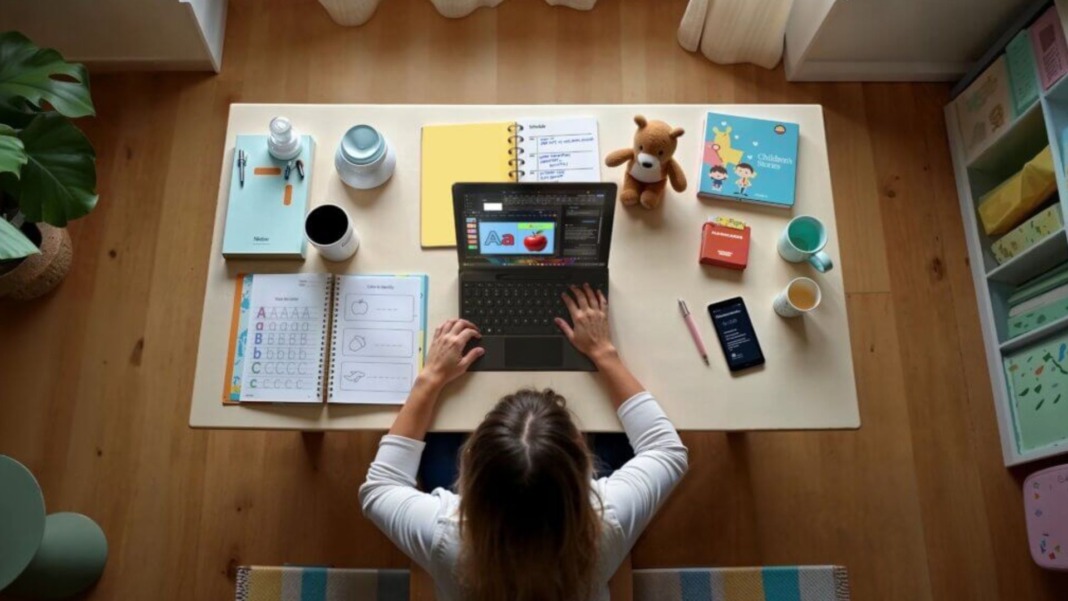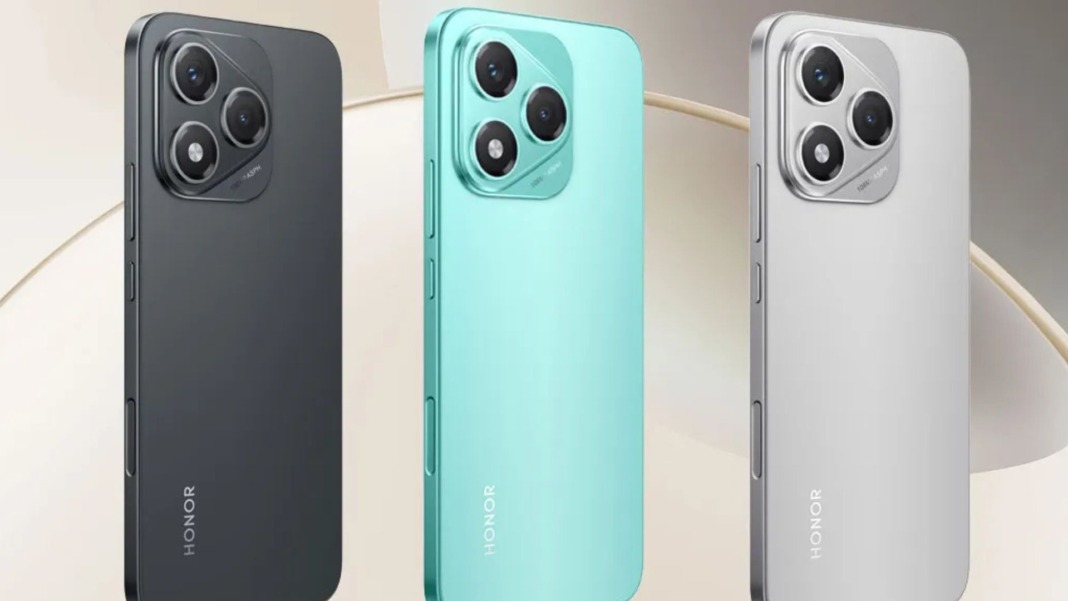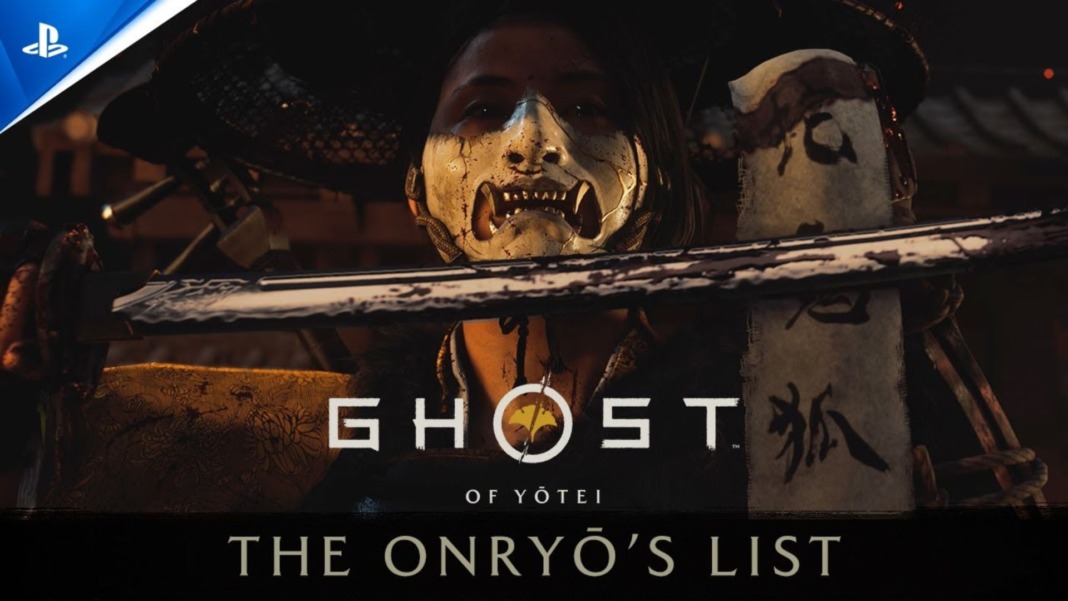You probably watched Microsoft’s latest advert for the Surface Pro and Surface Laptop without realising it was made using generative AI. The tech giant released the one-minute ad on YouTube on January 30 — and almost no one noticed that parts of it weren’t real.
It wasn’t until Microsoft shared a behind-the-scenes blog post on June 5 that the truth came out. In the post, Jay Tan, senior design communications manager at Microsoft, explained how AI helped create the advert. Though not all of it was AI-generated, a surprising amount was. The team blended AI visuals with real-life footage, carefully choosing which scenes could be made by AI and which needed to be filmed.
For example, scenes involving complex motion — like close-up shots of people typing — had to be filmed traditionally. However, brief clips with little movement were ideal for AI creation. According to Tan, “the occasional AI hallucination would rear its head,” so the team corrected errors in the generated images and ensured everything looked as realistic as possible.
How Microsoft created the ad with AI tools
The process started with AI generating a script, storyboard, and pitch deck. From there, Microsoft’s designers used chatbots to turn written ideas into prompts. These were then used to create images using AI image generators, though Microsoft didn’t reveal which ones. The team named two video generators — Hailuo and Kling — that helped bring AI visuals to life.
Once the images were created, they were reviewed, edited, and improved. Visual designer Brian Townsend said the team probably saved “90% of the time and cost” compared to a traditional video shoot. However, creative director Cisco McCarthy noted that getting the right output took effort. “We probably went through thousands of different prompts,” he said, describing it as a process of shaping the final result little by little.
Microsoft’s approach reflects a wider trend in the creative world, where AI is becoming another useful tool rather than a full replacement for human creativity. In a recent interview, Microsoft’s head of design, Jon Friedman, said that design roles are shifting to focus more on editing and refining AI-generated work.
AI’s role remained unnoticed for months
The most fascinating part of this story is that the advert had been live for nearly three months without raising suspicion. When the blog post was published, it had around 40,000 views on YouTube, and no one in the top comments mentioned AI.
Now that you know, it might be easier to spot the clues — like oddly large objects or writing that doesn’t quite look handwritten. But most viewers didn’t notice, showing how far AI video tools have come. When used carefully, they can blend into professional content seamlessly.
This experiment from Microsoft suggests that generative AI is now strong enough to play a big role in visual storytelling without viewers realising it. With the right touch, AI tools can help you create faster, cheaper, and surprisingly believable content — and we’re only just beginning to see the potential.





